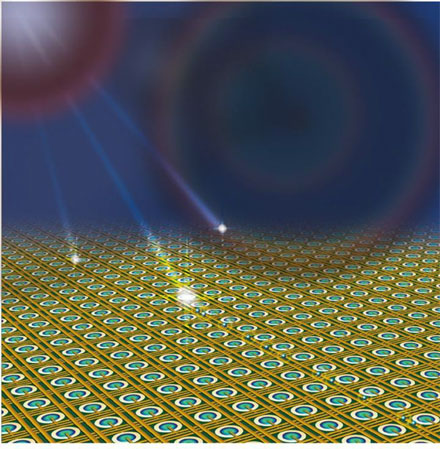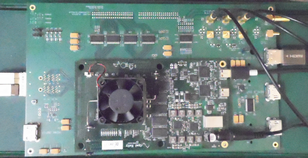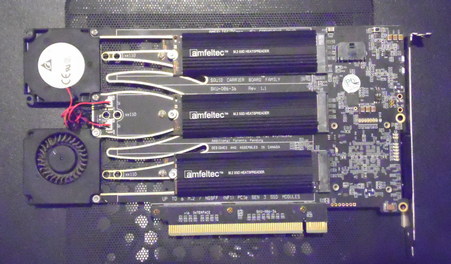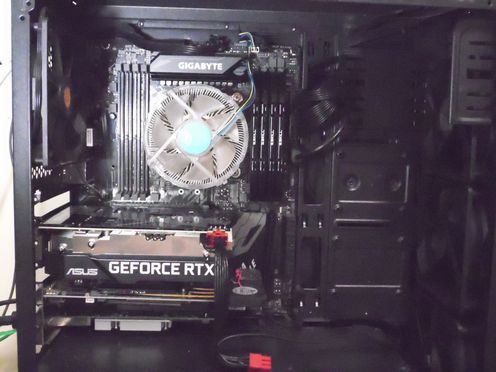
Purpose
A detector development team must, typically, invest significant effort to develop the custom hardwarenecessary for operating their device, and they usually must settle for under-performing data acquisition systems
relative to their increasingly high-speed and large-format detector technologies.
With the PCS system under development, we will provide the custom printed circuit board (PCB) and vacuum cooled mount to interface any detector array
to our high-speed acquisition and control systems based on FPGAs and GPUs.
Industry wide needs
detector development
Today's detector developers need high speed acquisition and a straightforward means of exploring performance and characterizing new devices.Custom solutions are time consuming and expensive, and there are great deficiencies in available acquisition systems.
A search of publications reveals situations where detector development is being undertaken without the ability to run the product at speed, sometimes operating at orders of magnitude slower, i.e. less efficiently, than the detector array itself could be run.
The example here describes operating a 128Kpixel SPAD array for less than two (2) seconds before needing to download, via USB, the two Gigabytes of data produced.
Towards Quantum 3D Imaging Devices
Our platform's cooled version will support R&D around tunnel-dominated dark count rates (DCR).
The following describes a special case of cooling benefits, suggesting DCR reduction by orders of magnitude.
Cooled SPAD array detector for low light-dose fluorescence laser scanning microscopy
detector application development
Once the performance of a new detector has been characterized with this platform, and papers written reporting those results, development of an application will not have to shift to another lab that has the means of electronics and software development.In many cases, this platform's built-in cooling and small form will result in an instrument-ready camera.
The high data acquisition rates possible, the combined computational power of FPGA and GPU processors, and PCS-supplied high speed data storage, leave only optics to be integrated for a complete package in many cases.
sponsored productivity
The NIH Sponsored Programs Administration Development (SPAD, no relation) seeks"to increase the productivity of sponsored programs activities to enhance biomedical research..."
Likewise, our goal is to increase the productivity of those programs that include detector and detector application development.
Our systems can readily be configured to support any of these new detectors, immediately providing high speed data acquisition and standard viewing and analysis functions. When more than generic analysis is required, the platform supports development of targeted FPGA and/or GPU coding, and we foresee eventual communitiy support and software library growth.
NIH Sponsored Programs Administration Development
Recent effort
Most recently Photon Counting Systems developed a complete system that operates a 128Kpixel SPADat the detector's limit of 97 KHz full-frame for hours at a stretch, limited only by disk space.
The new system displays, in real time, summed images with a bit-depth selected by the operator.
It is now in daily use making inroads in biological fluorescence (FCS).




